by Adriano V. Autino
On February 6, 2018 SpaceX launched the Falcon Heavy for the first time. It was the most powerful operative rocket of the world with the capability to lift payloads of up to 63.8 tons into low earth orbit (LEO), 26.7 tons into geostationary transfer orbit (GTO), 16.8 tons to Mars and 3.5 tons to Pluto. The main competitor, ULA’s Delta IV Heavy, can deliver only 28.8 tons to LEO[1]. The largest launch system of the past remains the Saturn V, the rocket that brought the Apollo missions to the Moon (140 tons to LEO), followed by the Energia, built to orbit the Soviet Union’s Buran space shuttle (100 tons to LEO without the Buran).
As amply illustrated by the media, SpaceX is a highly innovative private company. Indeed, the first private industry capable of competing on an equal footing with NASA in developing launch vehicles. Competing, and yet additionally, SpaceX is also a supplier of NASA. And thanks to these government contracts, SpaceX also obtained the capital needed to develop this technology.
70 meters high, Falcon Heavy is boosted by a first stage composed of three Falcon 9 modules, all of which are programmed to return to Earth after the launch in order to be reused in further launches. The total number of engines is 27. What are the more innovative ideas which allowed SpaceX to deliver payloads to orbit that are three times greater than its main competitor at one sixth of the cost? The main point is the reusability, an expedient concept, which has been widely discussed and appreciated, that utilizes existing technologies in the framework of a newer and pragmatic strategy. The important factors for Elon Musk, are both the vision and the mission requirements which are fairly different from the traditional objectives of the space agencies. While the latter emphasize scientifically oriented space exploration as their strategic priority, Musk aims to actually accelerate the evolution of humanity into a spacefaring species that creates a multi-planetary civilization. This is shown in his determination to carry tourists to Mars and to the Moon.
Of course there are some key questions. For example: Will Musk’s future tourists need specialized astronaut training? In this case would they still be considered to be 100% civilian passengers? Will they be provided with the same warrants that airlines give to their passengers? For a ride of one week or so to the Moon these travelers would require only moderate protection from cosmic radiation but going to Mars is quite another prospect. Some of the key issues are related to the shift of the current paradigm – moving from astronaut space travel towards the space transportation of civilian passengers and a medium time spent in space.
Such issues should be adequately defined and solved. This means, that even if we just wanted to send, let’s say, five trained astronauts to Mars, they should have a suitable protection against cosmic radiation and maybe a rotating section of their ship with an artificial terrestrial gravity of 1G.
Even so, we are now applauding the successful launch of the Falcon Heavy. Yet, it is interesting to observe some further, relevant and pragmatic ideas which are typical of SpaceX’s strategy. From a technological point of view, SpaceX has simply applied, with the support of today’s computer technology, what the Russians tried to do many decades ago: instead of building giant engines, they utilize many smaller ones operating in parallel, in this case twenty seven. The Soviet Union had proposed a similar approach from the 1960s to early 1970s. N-1 was a 30-engine super-heavy rocket, designed to take a 75-ton payload to orbit and perhaps to the Moon, Mars and Venus. N-1 was test-launched four times: each launch failed, largely because of the prior difficulties in running so many engines at the same time. Yet this is something that any middle school student could do nowadays, using modern microprocessors and their real time processor control capabilities. The same computational discourse would apply to the dynamic control of the three first stage boosters during the different phases of the flight, in order to properly distribute the structural load of the thrust.
All of these achievements are like music to the ears of any sincere space advocate! Finally someone is demonstrating that things can be done very much simpler and cheaper, with respect to the persisting criticalities and high costs of space flight put forward be various launch providers which have monopolized the aerospace market for so many years!
Exciting? Definitely. I watched with great joy and sense of wonder the live broadcast of the Falcon Heavy launch and the re-entry of the two boosters on SpaceX’s website. The soundtrack was no less than David Bowie’s, “Life On Mars”… and then we saw the cherry red Tesla Roadster coasting in Earth’s orbit.
We are on the right track no doubt, although we are still mostly talking about bringing materials into orbit (payloads) and not untrained civilian passengers. However, on Falcon Heavy’s inaugural flight, there was a particular “payload”, which may be indicative, a Tesla Roadster. Perhaps in this case we should be talking less about a “useless load”, but rather the strong symbolic content. This was in fact a payload that speaks directly to the industrial heart of our earthly entrepreneurs. Elon Musk is telling us, in a language which is based more on facts than on the demonstration of concepts: “I want to take you up there, to continue your earthly life by other means, in another environment, much larger, where the degrees of freedom and inventiveness will multiply in all directions, into a geometrically spherical progression!”
We might also question if moving from existing space transport systems for trained astronauts towards low cost civilian passenger transport vehicles will be a linear, or seamlessly developing path? The answer is unfortunately a clear NO. Before the metaphor of the car in space can translate into wide scale (human) industrial activities in space, transportation and housing systems for untrained civilian passengers will be an essential factor.
Here is the fundamental basis which needs to be carefully considered and understood. We must fully describe the difference between low-cost and generic access to orbit and the low cost orbital transport of civilian passengers. The first process is already taking place, thanks to SpaceX and the development of markets in China and India. But, for now, only the space tourism companies, a sector that is still waiting to start commercial flights, are aiming for the objective of transporting civilian passengers – a scope that is limited for now to the suborbital altitude. Moreover, the prospect of transporting and housing civilians in space will include many criteria, meeting many obstacles and opponents, and cannot be fully developed without clear political support. In fact, many dimensions within the growth of private industry would be involved, working for both technological features, public research, and also for scientific and legal aspects. At very minimum these facets would include: low-cost transport vehicles, low accelerations, high safety technology, safe and softer re-entry into the atmosphere, inter-orbital maneuverability, protection against cosmic radiation and the potential for artificial gravity. Last but not least, the development of an up-to-date space legal system, to allow for and to regulate commercial activities exploiting extraterrestrial resources
There are many reasons why we today applaud Elon Musk and his clear leadership in space. However, future developments also demand our attention to Jeff Bezos’ plans for geo-lunar space industrialization which, together with space tourism, could become the needed “second leg” for kicking off civilian expansion into space.
[English editing: Amalie Sinclair, Arthur Woods]
This article is also available for download, in pdf format.
Visit the Space Renaissance websites:
https://spacerenaissance.space
https://academy.spacerenaissance.space
https://usa.spacerenaissance.space
https://spacerenaissance.it
https://sritac.spacerenaissance.space
If you think what we do deserves to be supported, consider to join SRI as a member:
https://spacerenaissance.space/membership/
[1] https://en.wikipedia.org/wiki/Comparison_of_orbital_launch_systems#cite_note-spacex-capabilities-37
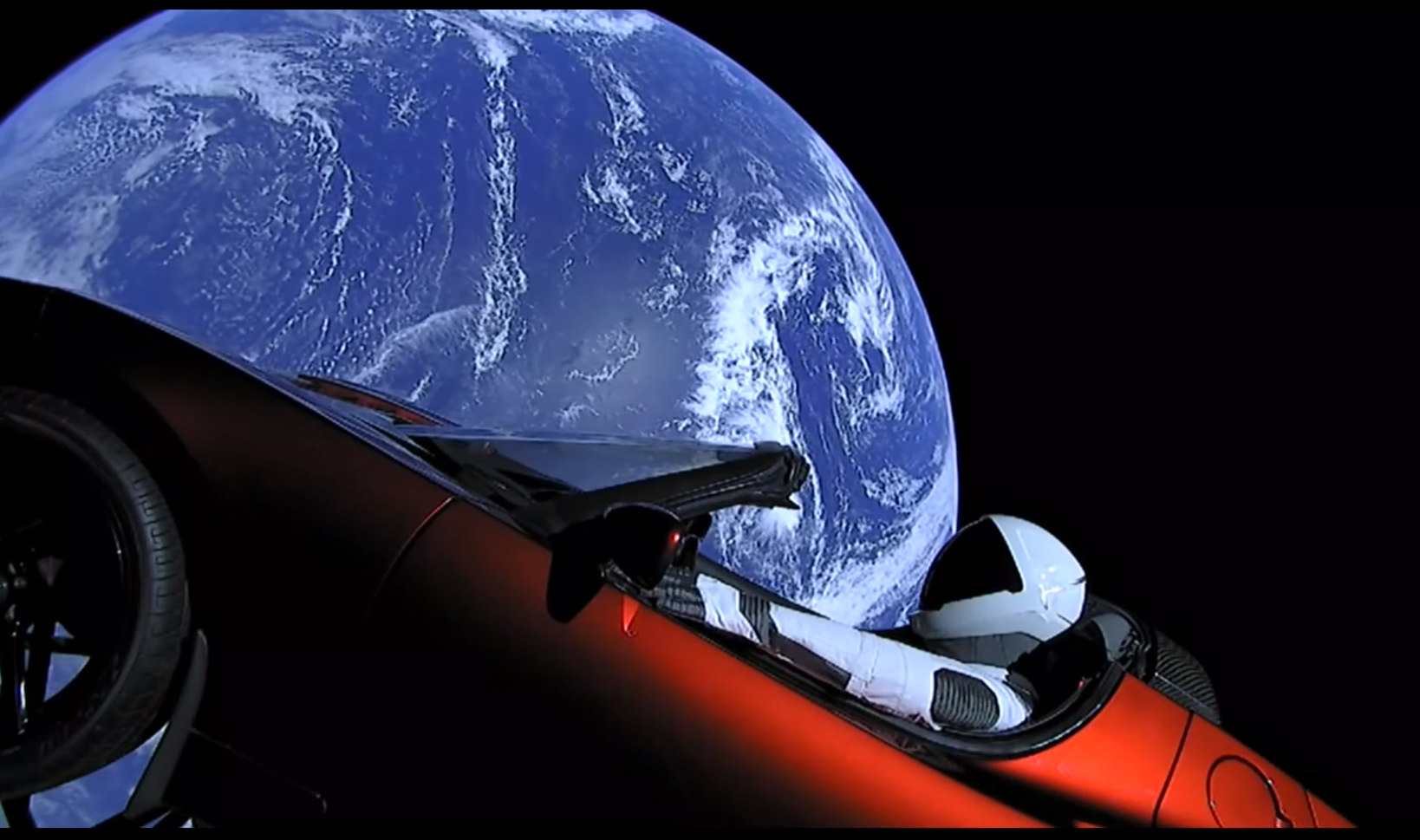
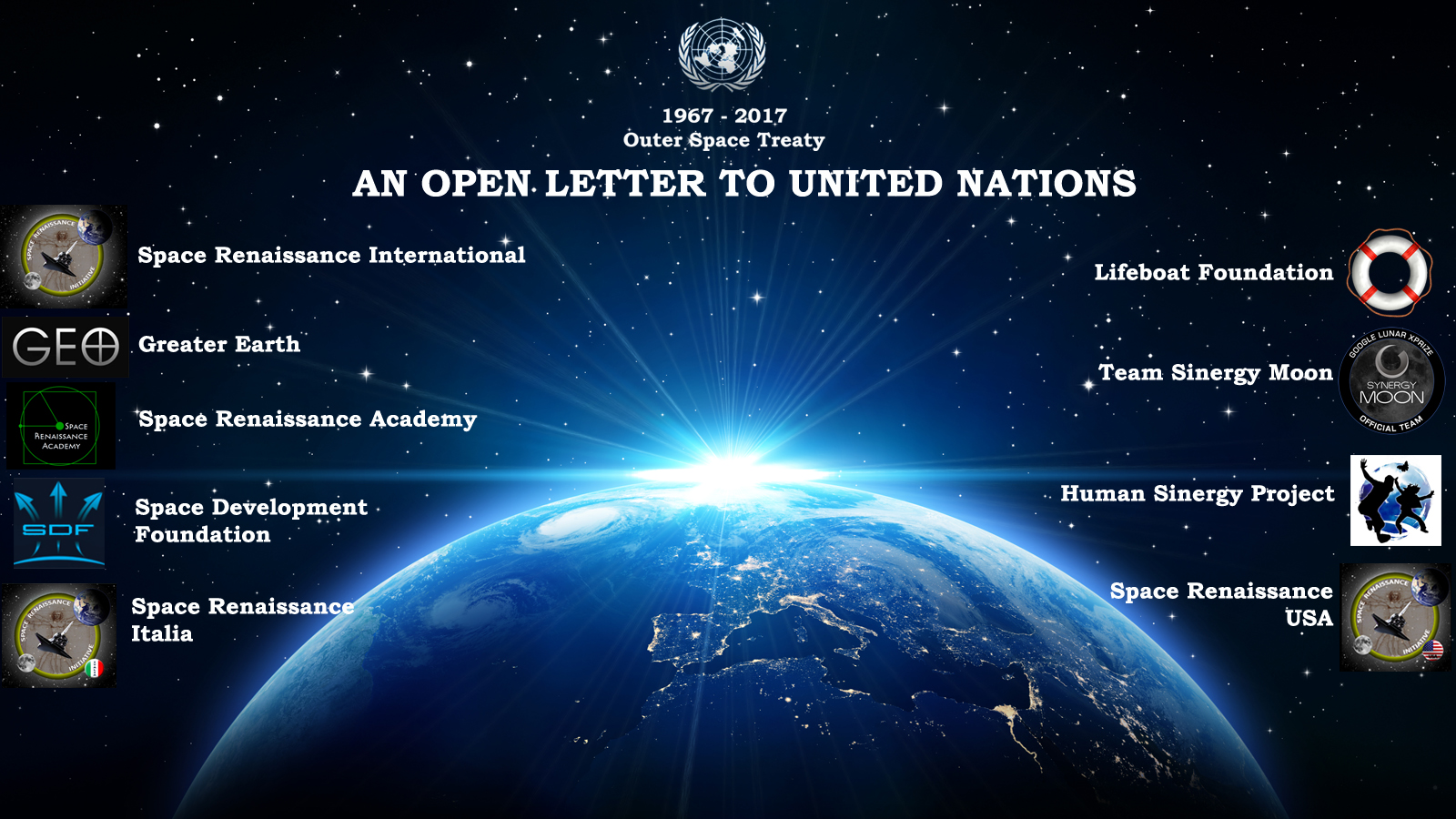


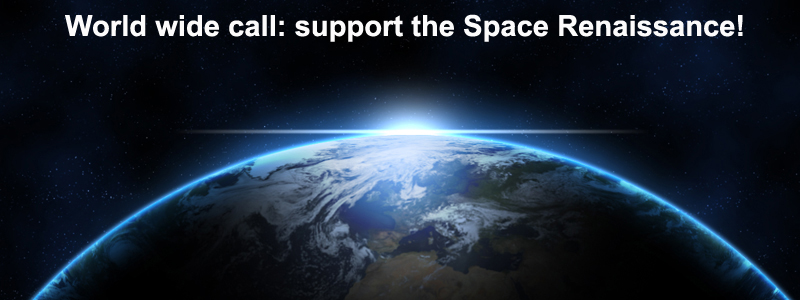




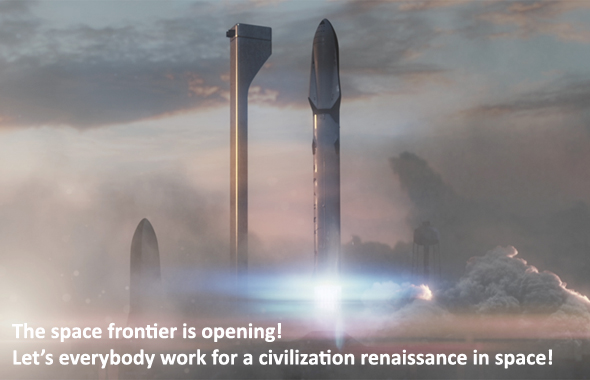


 Space Renaissance Australia
Space Renaissance Australia


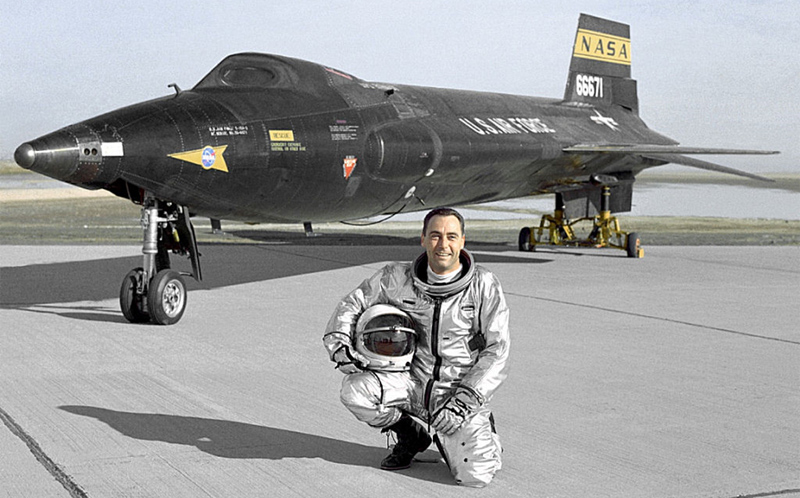

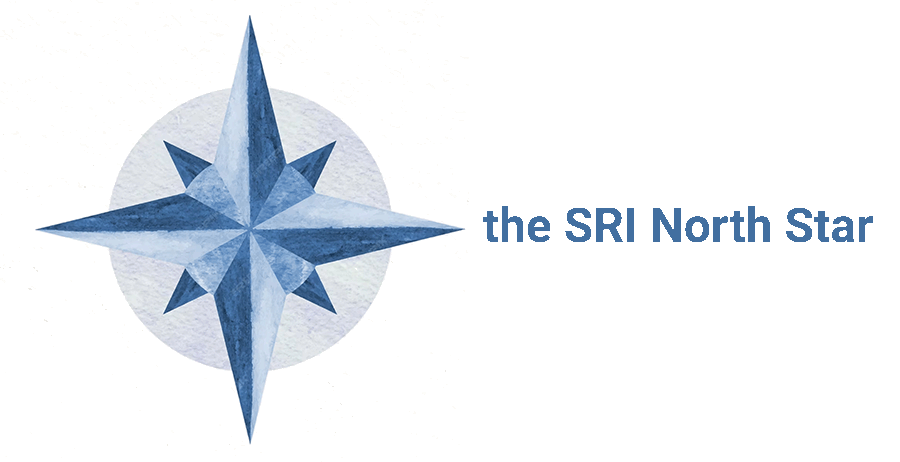







 Space Renaissance France (French Chapter of SRI)
Space Renaissance France (French Chapter of SRI)  Space Renaissance USA, Inc. (USA Chapter of SRI)
Space Renaissance USA, Inc. (USA Chapter of SRI) Space Renaissance (Italian Chapter of SRI)
Space Renaissance (Italian Chapter of SRI) Space Renaissance Academy
Space Renaissance Academy Space Renaissance Initiative Group
Space Renaissance Initiative Group